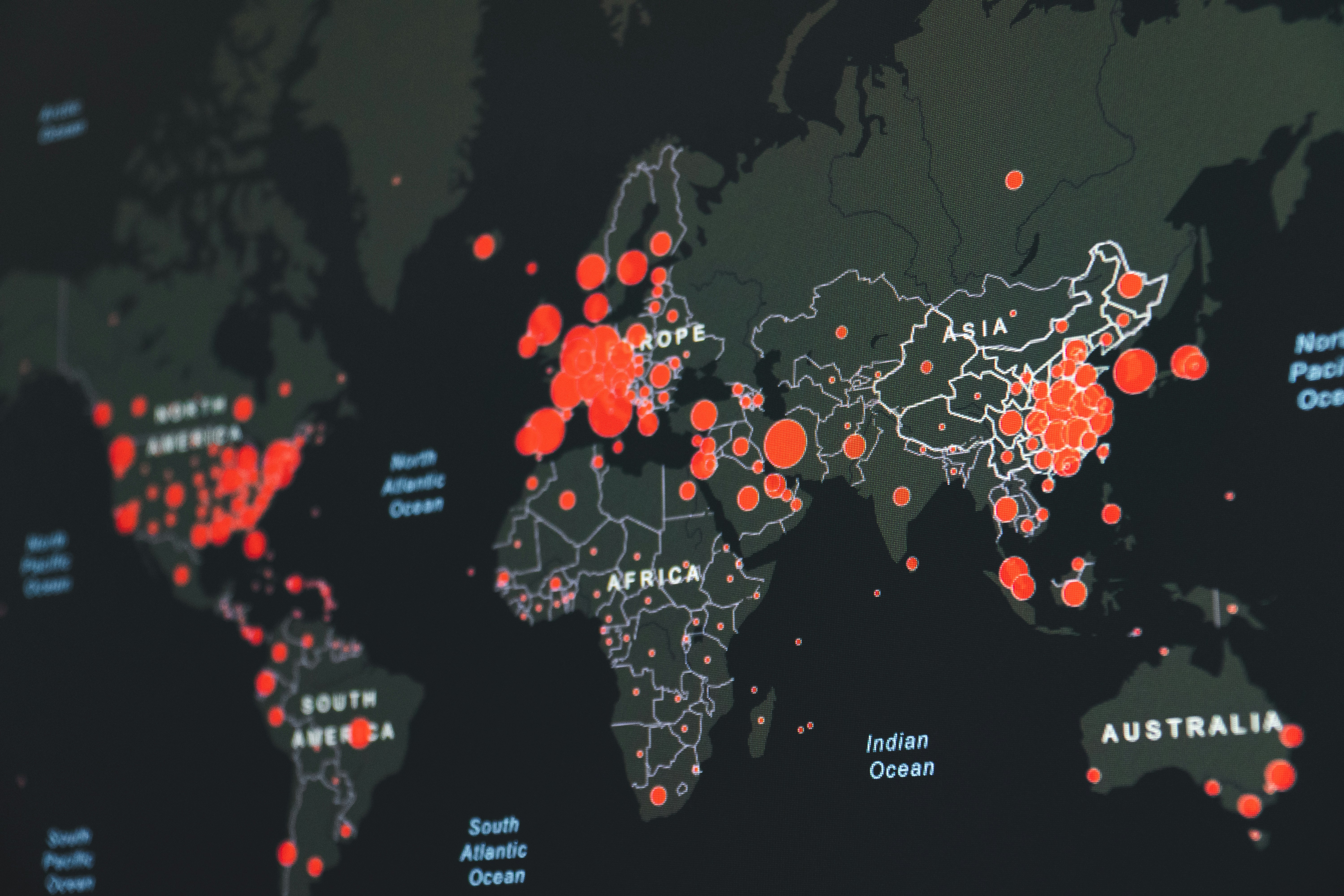Renewable Energy to the Rescue: How the EU is Saving Money with Green Electricity
As the adage goes, “a penny saved is a penny earned,” the European Union (EU) seems to have taken this to heart as it advances its renewable energy initiatives. Amidst a backdrop of global volatility, the EU has managed to cut substantial costs with a strategic pivot to green energy.
The numbers are significant. The EU is projected to save an estimated €100 billion between 2021 and 2023, thanks to additional electricity generation from newly installed solar PV and wind capacity. Such an enormous sum saved has resulted from the low-cost new wind and solar PV installations that have replaced an estimated 230 TWh of expensive fossil fuel generation since Russia’s invasion of Ukraine.

Such a shift has led to a reduction in wholesale electricity prices in all European markets. Without these capacity additions, the average wholesale price of electricity in the European Union in 2022 would have been 8% higher. These figures clearly demonstrate the impact renewable energy can have, not only on the environment but also on the economy.
Unprecedented Price Increases and Their Impact
The invasion of Ukraine by Russia led to an 80% decrease in Russian natural gas deliveries to the European Union via pipeline from 2021 to 2022. This, coupled with multi-year lows in European hydro and nuclear power output, drove the average monthly natural gas price to increase ten-fold, and the price of hard coal quintupled. Consequently, the cost of power generation from natural gas, which typically determines the electricity price in most EU wholesale markets, rose to unparalleled levels.
In the European Union, the wholesale electricity spot market sets the benchmark for most electricity supply contracts, resulting in higher prices for all consumers. With the sharp increases in natural gas and coal prices in 2021-2022, consumers in the wholesale market such as retailers or large companies had to purchase electricity at rates of up to 15-20 times the averages of 2015-2020 if they had limited fixed-contract energy portfolios and were without strong hedging positions.
Renewable Energy: A Wise Investment
These figures reflect the power and potential of renewable energy. Beyond its environmental benefits, renewable energy can act as a financial buffer against the volatility of the fossil fuel market, protecting consumers from rising prices and enabling substantial cost savings.
The €100 billion projected savings for EU electricity consumers showcases the economic feasibility and the significant potential that renewable energy holds. Solar PV and wind capacity additions are not just helping to mitigate the environmental impact of energy production, but they are also offering tangible economic benefits.
It’s high time to recognize renewable energy not just as an ecological imperative, but as a shrewd financial strategy. The EU’s experience demonstrates how renewable energy can be a significant tool in hedging against price volatility, ensuring price stability, and reaping substantial cost savings. This is how green electricity is coming to the rescue, and it seems the future will be a lot brighter and greener.